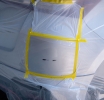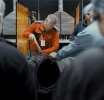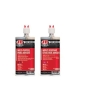Collision
SMART Repair: A Targeted and Sustainable Approach
Aftermarket Parts and Driver Assistance & Safety Systems: Savings or Hidden Risk?
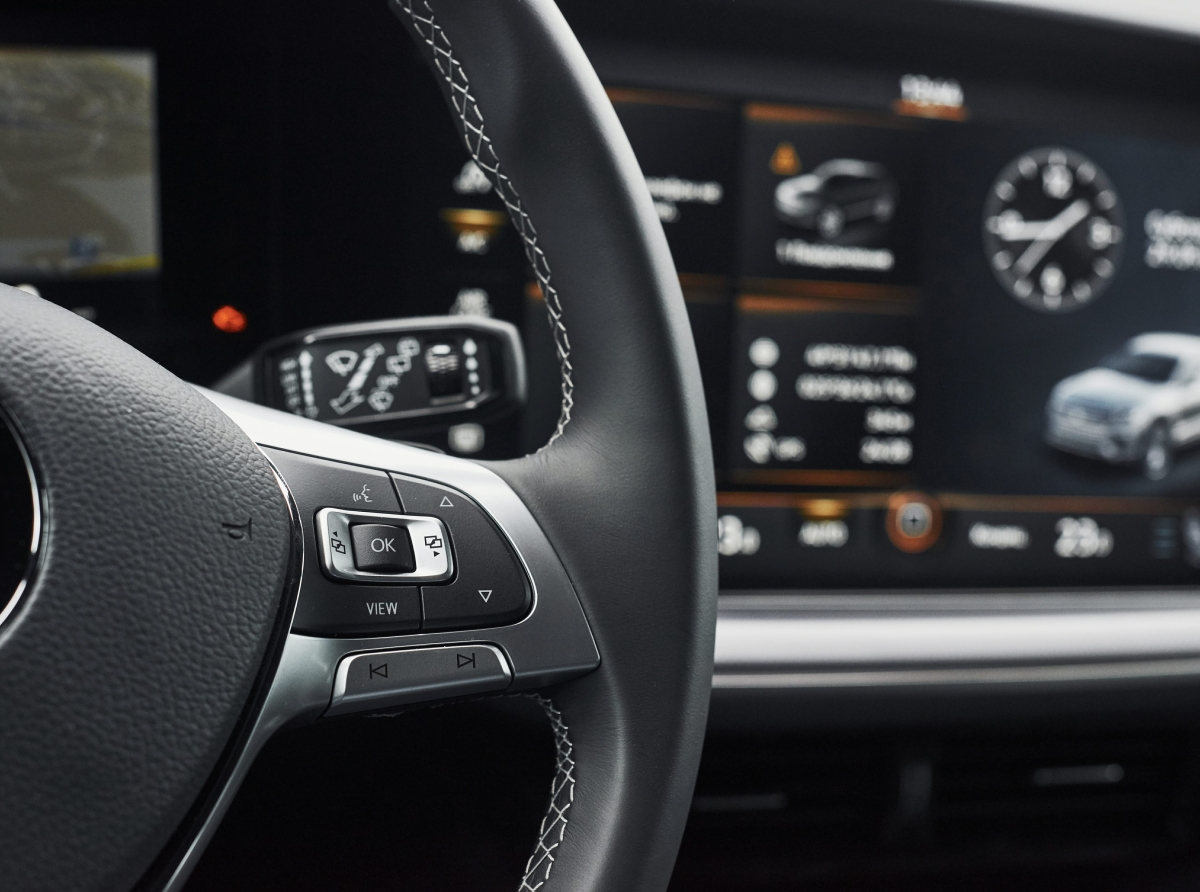
Modern vehicles are true hubs of technology. Driver assistance and safety systems, such as adaptive cruise control (ACC), parking assistance, or blind-spot radars, offer an unprecedented level of comfort and protection. However, these advancements come with increased complexity that can be compromised by a seemingly minor detail: the use of aftermarket parts.
These parts, often purchased from platforms like eBay, Temu, or AliExpress, promise significant savings. But are they truly equivalent to original parts? Can they disrupt the proper functioning of onboard systems? We will explore this question through real-life experiences and concrete cases.
When an Aftermarket Part Compromises Technology: A Case Study
Buying an aftermarket part may seem like a cost-effective solution, but sometimes, it can lead to far more expensive consequences than anticipated.
A Laser Radar Disrupted by a Simple Logo
One particularly revealing case occurred during a body shop repair. A vehicle required radar recalibration after a repair. While the calibration process proved to be difficult (requiring three attempts), the vehicle seemed ready to be returned to the customer. However, once on the road, the adaptive cruise control system failed.
A more in-depth investigation identified the source of the problem: the logo placed in front of the radar. Once removed, the calibration was successful on the first attempt, and road tests confirmed flawless system operation.
Upon checking the part number, it was indeed supposed to be compatible. However, it came from an online reseller rather than the original manufacturer. Despite its identical appearance, the materials used in the logo interfered with the radar, preventing it from functioning correctly.

A Costly Saving
This case highlights a fundamental issue with some aftermarket parts: their manufacturing is often focused on cost rather than technical compliance.
Here’s a comparison between the OEM part and its aftermarket version:
OEM Part: $216 CAD
Aftermarket Copy: $71 CAD
A $145 difference that may seem advantageous at first glance but can lead to much higher costs in diagnostics, labor, and risks associated with system failure.

Accessories: Unexpected Disruptors
If a poorly designed part can interfere with a radar, other vehicle components can also be affected by external additions.
Bike Racks and Body Accessories
Modern vehicles are equipped with sensors at the front, sides, and rear, covering:
Blind-spot radars
Parking assistance
Backup cameras
A simple bike rack, if installed incorrectly, can block or distort the signals emitted by these sensors. This type of disruption can cause several issues:
Activation of false alerts.
Inefficiency of safety systems.
Errors in workshop diagnostics, making problem resolution longer and more costly. The placement of each accessory on the vehicle should be carefully considered based on the presence of sensors. This problem is even more common as users are not always aware of the precise location of these sensors.
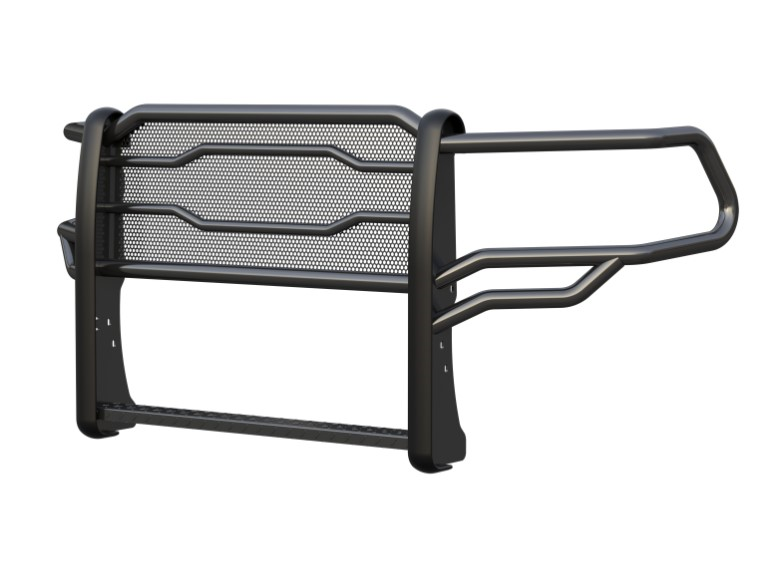
A Simple Sticker Can Disable an Entire System
Beyond bulky accessories like bike racks, something as trivial as a decal or an advertising sticker can be enough to disrupt a sensor's proper functioning. If placed in front of a radar or camera, it may block the reception or transmission of signals, leading to false alerts or the unintended deactivation of the system.
A technician facing this type of situation could spend hours diagnosing the problem, adding unnecessary costs for the vehicle owner.
Wraps and Protective Films: A Future Problem?
Protective films—whether for aesthetics, advertising, or simply to preserve paint—are becoming increasingly popular. So far, lettering and wrapping companies have not reported major incidents regarding their impact on onboard systems. However, the increasing sophistication of sensors could change this.
A Potentially Problematic Interaction
Some sensors use technologies that are sensitive to surrounding materials:
Lidar: Uses laser light to measure distances and detect objects.
Radar: Operates with electromagnetic waves.
Cameras: Depend on visibility and light reflection.
Ultrasonic Sensors: Measure distances using sound waves.
If a metallic or highly reflective wrap is applied in front of a sensor, it could distort distance measurements or interfere with the system's proper functioning. While traditional films do not yet seem to pose a problem, advancements in sensor technology may require a new approach in the future.
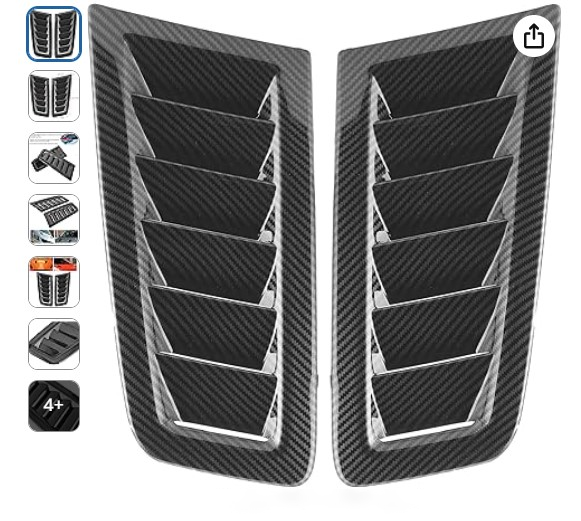
Immediate Savings, Costly Consequences
The appeal of aftermarket parts and low-cost accessories is based on a clear economic logic. However, their impact on vehicle safety and reliability raises significant concerns.
Compromised Safety
Driver assistance systems are designed to enhance road safety. A miscalibrated radar, an obstructed sensor, or a distorted signal can lead to dangerous situations:
Unexpected activation of emergency braking.
Failure to detect a real obstacle.
Incorrect distance assessment with other vehicles.
These anomalies can not only cause inconvenience for the driver but also compromise the safety of other road users.
High Repair and Diagnostic Costs
A malfunctioning sensor due to an ill-fitting part or poorly placed accessory can lead to hours of diagnostics for technicians. These costs can quickly add up:
Time spent identifying the anomaly.
Possible replacement of the faulty part.
Need for a calibration expert to restore proper system operation.
This type of problem can turn a $100 saving into a much higher bill at the dealership or body shop.
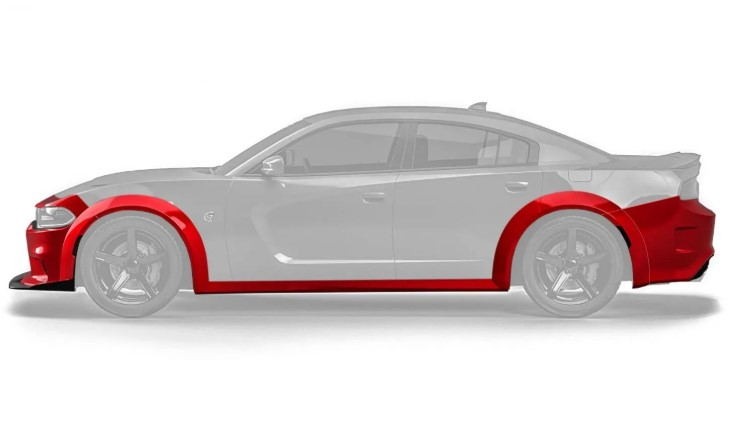
In a world where automobile technology is becoming increasingly sophisticated, it makes little sense to compromise the safety and reliability of a vehicle to save a few dollars.
Conclusion: Choosing Between Price and Reliability
Online platforms like eBay, Temu, and AliExpress offer a multitude of parts and accessories at reduced prices, but their compatibility with the advanced systems of modern vehicles is far from guaranteed.
What seems like a good deal at first can turn into a real technical and financial headache. Whether it’s a logo disrupting a radar, a bike rack interfering with a blind-spot sensor, or a metallic wrap potentially interfering with Lidar, every vehicle modification must be carefully considered.


L'Automobile Magazine
News
Business Directory



 En
En  Fr
Fr 